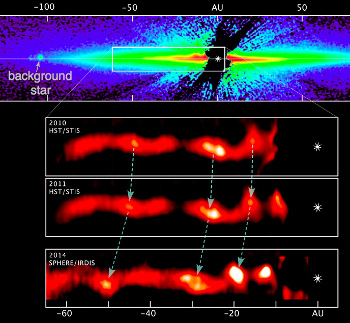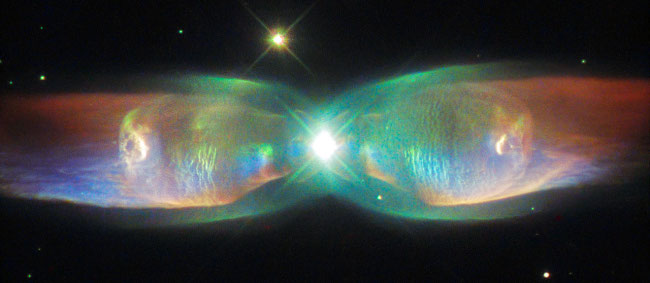Ground-breaking for the Giant Magellan Telescope in Chile
Even as construction of the Thirty Meter Telescope (TMT) in Hawaii remains stalled because of protesters, ground has now been broken in Chile for the construction of the Giant Magellan Telescope (GMT).
The unique design of the telescope combines seven of the largest mirrors that can be manufactured, each 8.4 meters (27 feet) across, to create a single telescope effectively 25 meters or 85 feet in diameter. The giant mirrors are being developed at the University of Arizona’s Richard F. Caris Mirror Laboratory. Each mirror must be polished to an accuracy of 25 nanometers or one millionth of an inch.
One giant mirror has been polished to meet its exacting specifications. Three others are being processed, and production of the additional mirrors will be started at the rate of one per year. The telescope will begin early operations with these first mirrors in 2021, and the telescope is expected to reach full operational capacity within the next decade.
Assuming TMT ever gets built, it will, unlike GMT, be made up of many small segments.
Even as construction of the Thirty Meter Telescope (TMT) in Hawaii remains stalled because of protesters, ground has now been broken in Chile for the construction of the Giant Magellan Telescope (GMT).
The unique design of the telescope combines seven of the largest mirrors that can be manufactured, each 8.4 meters (27 feet) across, to create a single telescope effectively 25 meters or 85 feet in diameter. The giant mirrors are being developed at the University of Arizona’s Richard F. Caris Mirror Laboratory. Each mirror must be polished to an accuracy of 25 nanometers or one millionth of an inch.
One giant mirror has been polished to meet its exacting specifications. Three others are being processed, and production of the additional mirrors will be started at the rate of one per year. The telescope will begin early operations with these first mirrors in 2021, and the telescope is expected to reach full operational capacity within the next decade.
Assuming TMT ever gets built, it will, unlike GMT, be made up of many small segments.


